3/2004
First Czech ETCS-Fitted Locomotive
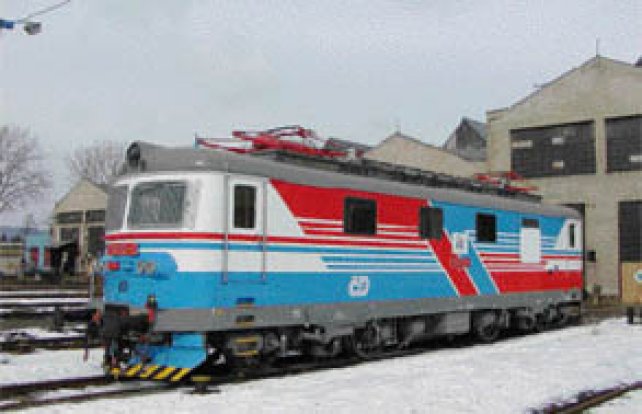
In February 2004 VÚŽ locomotive 124.601 became the first in the Czech Republic to be fitted with ETCS.
Alcatel Austria was charged with the task of establishing ETCS Level 1 in the Czech Republic, and has since worked in collaboration with VÚŽ, the Czech Rail Research Institute, whose technicians were involved in these developments. This organisation has also been keen to test out ETCS technology for itself.
VÚŽ locomotive 124.601 at Pars nova on 1 March 2004.
Photo: Pars nova
Asien-Europa-Express
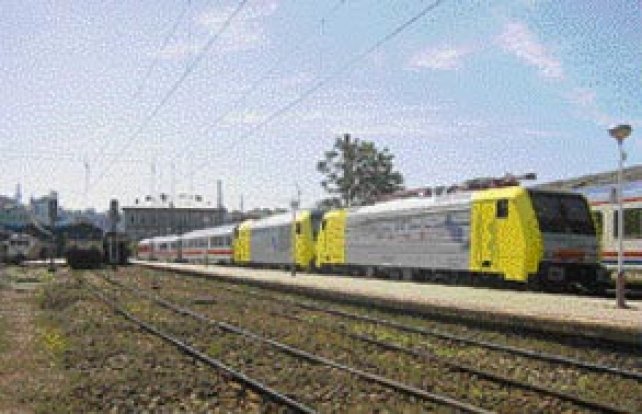
A unique freight train working right across Europe took place between 9 and 13 May 2004. The organisers were DB/Stinnes Group, whose objective was to demonstrate that rail could offer major advantages in long-haul freight movements between Turkey and other southeast European countries and central Europe.
Within a few months it is proposed to run the „Asien-Europa Express“ on a weekly basis. In the long term, by about 2010, journey times should be reduced further, thanks to the entry of Turkey and Bulgaria into the EU and the reduction and abolition of customs formalities en route.
Before the epic run, the Siemens Dispolok locomotives ES 64 F4 - 098 and ER 20 - 001 with carriages for technicians and the press wait at Istanbul-Sirkeci passenger station.
Photo: Werner Dworaczek
The France - Italy Motorway On Wheels
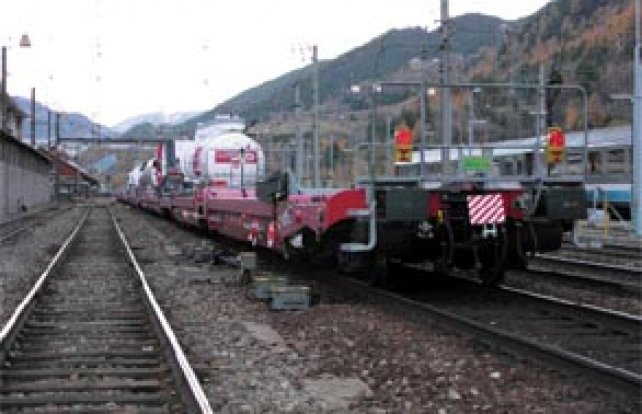
The Autoroute Ferrovia-ire Alpine (AFA) was inaugurated on 4 November 2003. It links Aiton, in the Maurienne valley, with Orbassano, a major marshalling yard in the suburbs of Torino, a distance of 175 km. This „motorway on wheels“, the first of its kind in France, is also the first full-scale test for the new Modalohr wagon concept, the vehicles being designed and built by the French company Lohr Industrie.
Modalohr is also the only wagon type able to transport 4 m high trucks within the GB1 loading gauge, thus offering the possibility of creating „motorways on wheels“ on most trunk rail routes in mainland Europe.
The rear of an AFA train at Modane, with both SNCF tail lights and an FS end plate.
Photo: Romain Viellard
Third Generation Stadler GTW 2/6 DMUs For STA
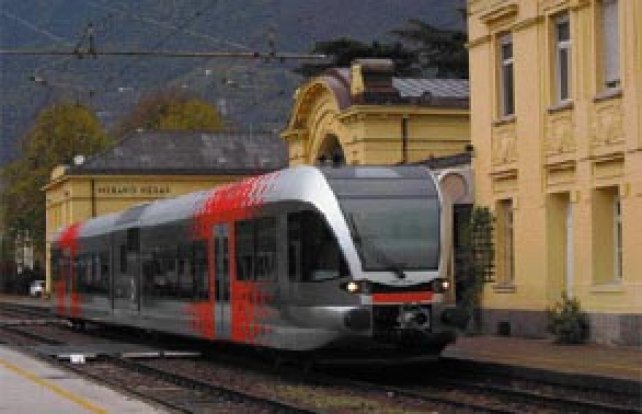
In the autumn of 2003 the first of the new diesel electric GTW 2/6s for Südtiroler Transportstrukturen AG (STA) was presented at Merano in northern Italy. The batch of eight DMUs, ordered in December 2001, will be used on the Vinschgaubahn, between Merano and Mals, which is soon to be reopened.
It is expected that full public services will commence in December 2004. The line has flat sections on which the speed limit is as high as 130 km/h.
STA’s 101 on 22 October 2003 at Meran station, ready to depart in the direction of Mals.
Photo: Sven Klein
KTX High Speed Rail in South Korea
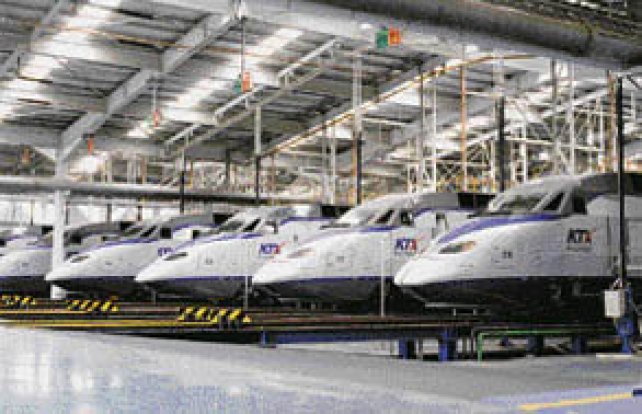
With the inauguration on 1 April 2004 of the Seoul - Pusan and Seoul - Mokpo KTX, South Korea joined the growing league of countries boasting high speed rail networks.
During the 1980s research was undertaken on new transport solutions for the Seoul to Pusan corridor, and in 1989 it was decided to link the cities by means of a high speed railway. This decision was taken as a result of observing the success and potential of the French, and later the German high speed lines.
It was elected to build the KTX using French technology and with the same parameters as adopted for the TGV network. However, the environmental conditions in South Korea are vastly different to those in France. South Korea has a monsoon climate with between 500 and 1,500 mm of rainfall annually according to region, while 65% of the country is mountainous terrain.
A line-up of KTX trainsets awaiting the start of services, inside the 18-track Goyang depot and maintenance base.
Photo: Alstom
And much more!
Cover of 3/2004
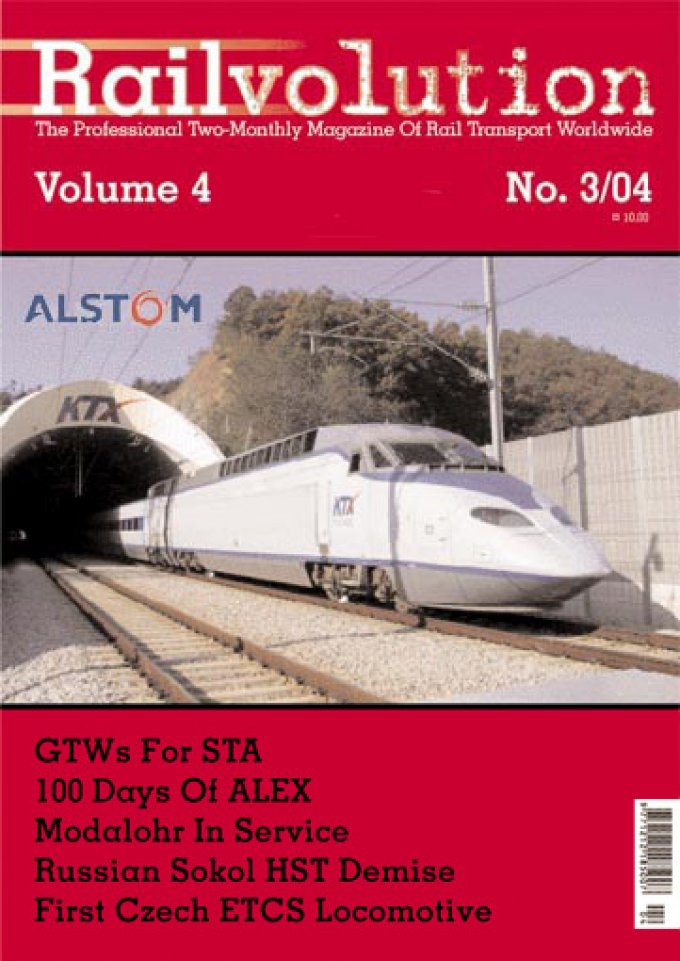
Poster
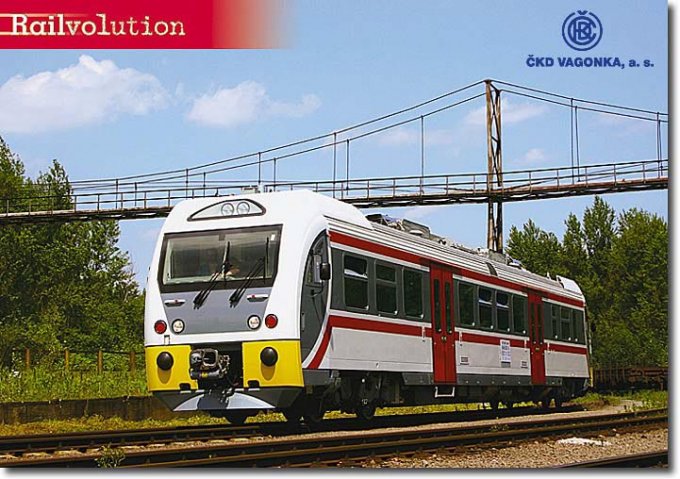
Features: DM 12 diesel railcar for Finnish Railways
